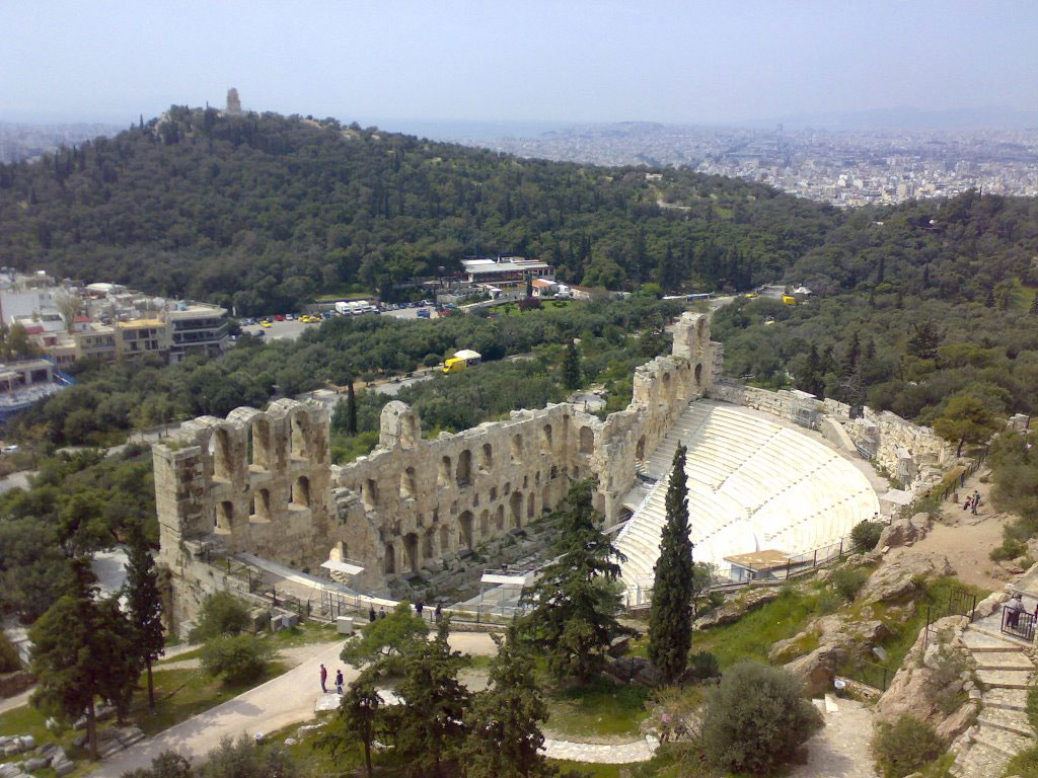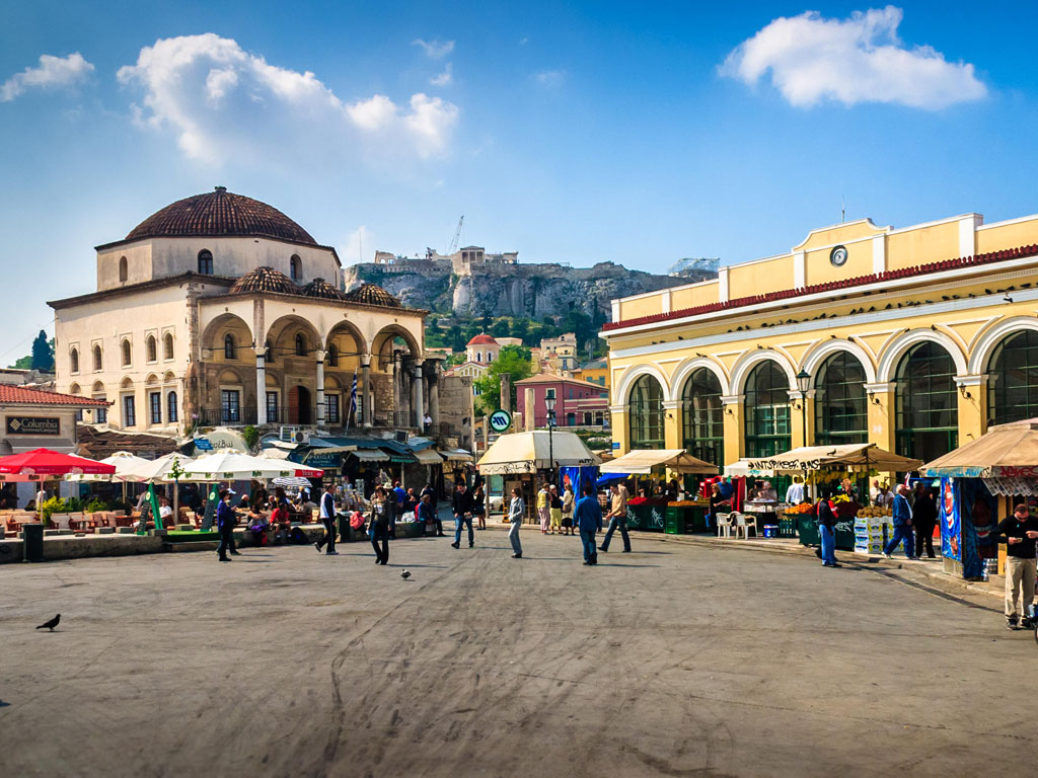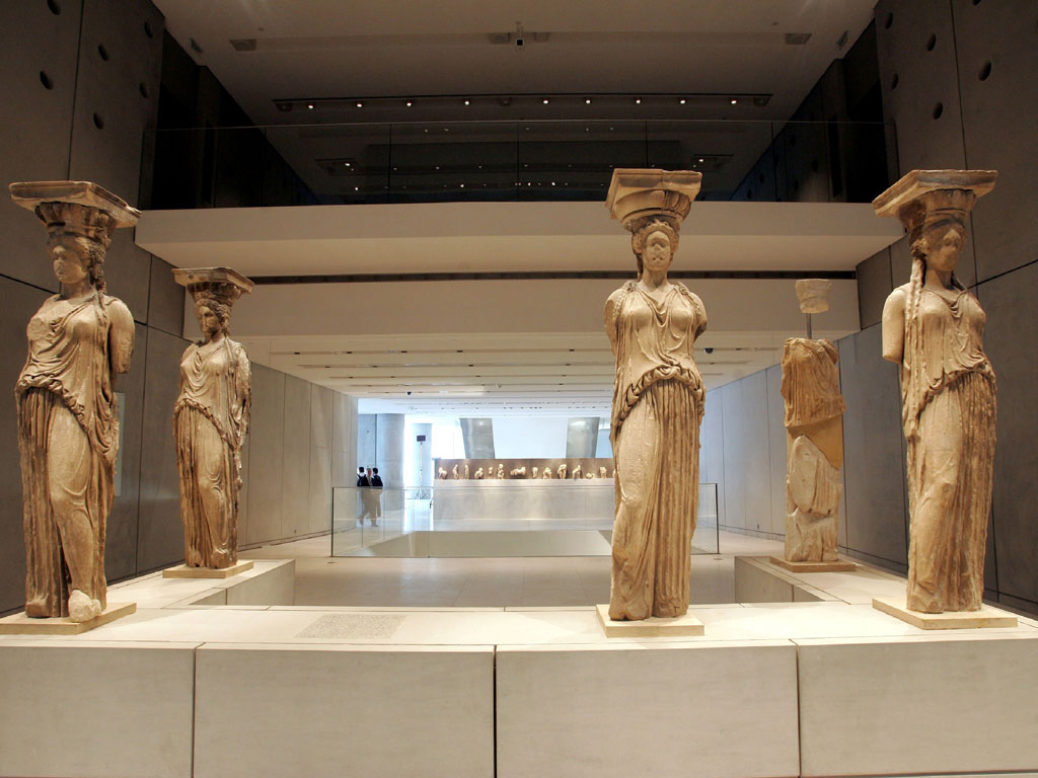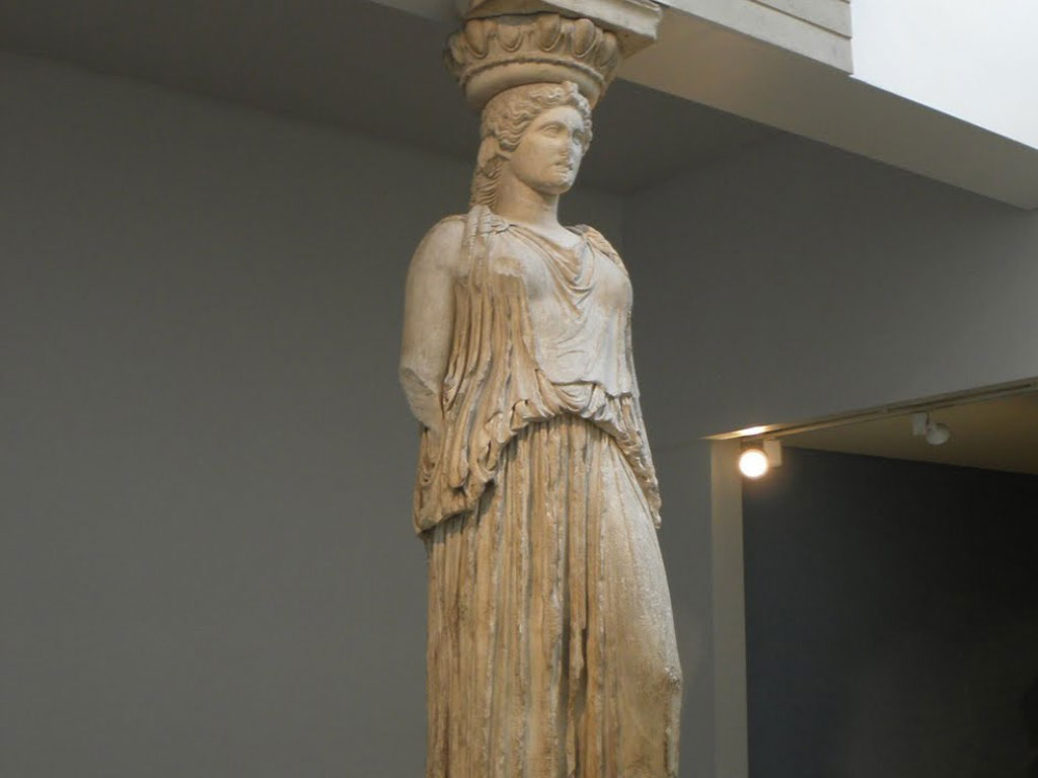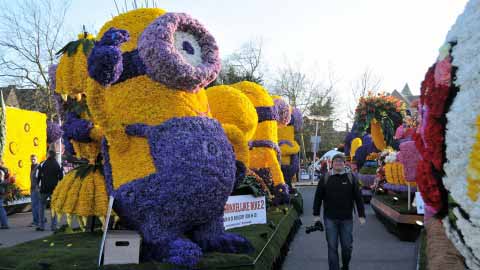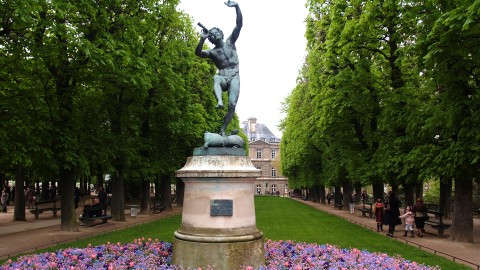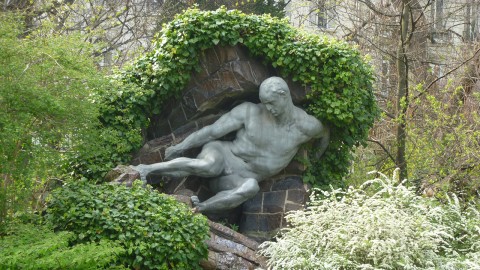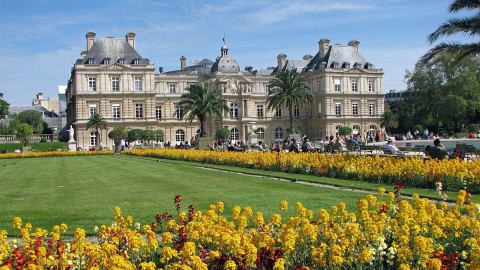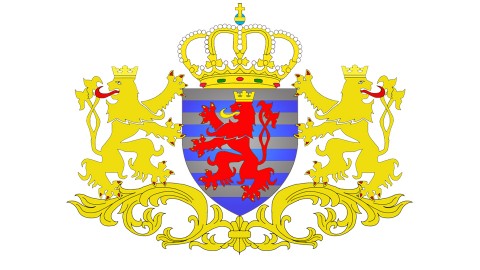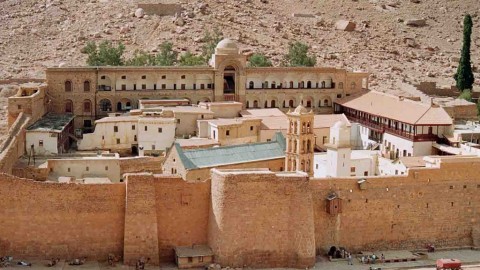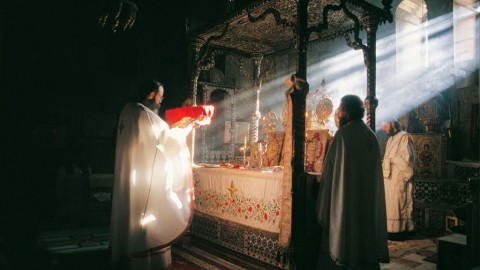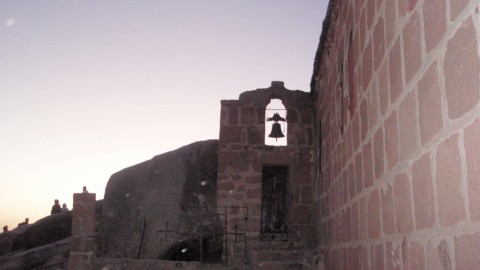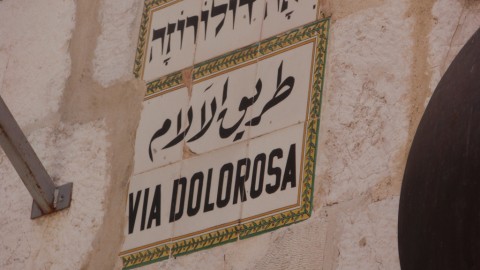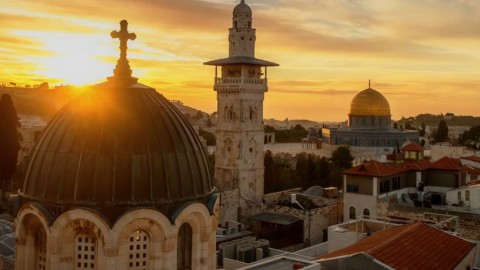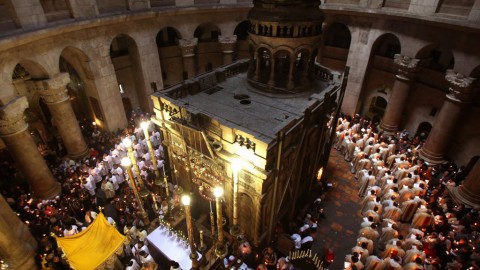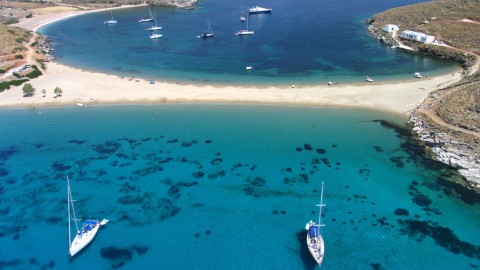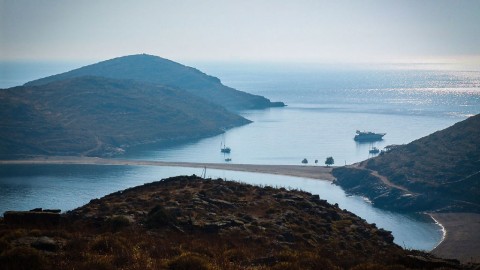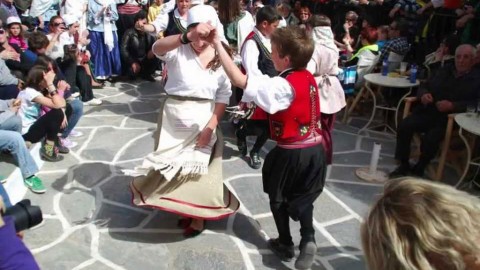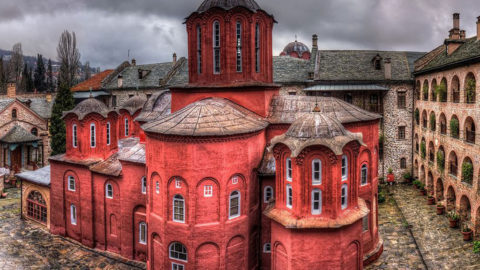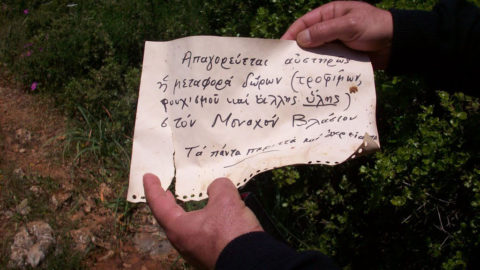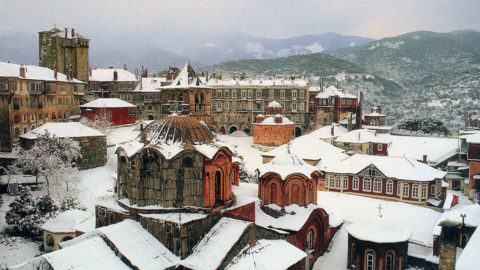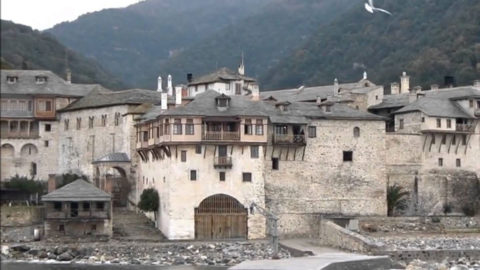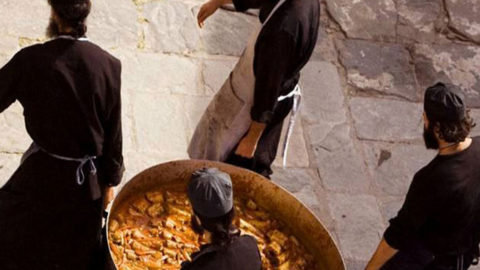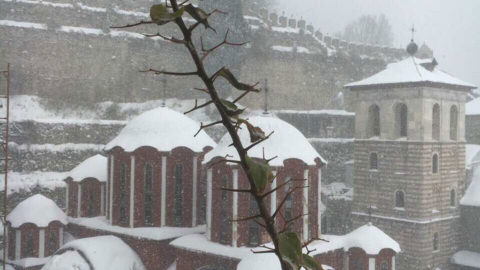Athens is a wonderful modern metropolis. I have always thought so; yet these thoughts were confirmed by my occasional travel to several capitals – European or not. When you travel a lot, it is inevitable to compare the places you visit with where you come from. However, as a traveler, it is essential to try and remain well-meaning and objective.
So Athens is a beautiful modern European capital, which can combine and offer everything to both its visitors as well as its residents. Modern and ancient civilization, culture, art for every taste, urban life and nature, gastronomy both Greek and global, caffeine in every version and in special hangouts, seaside and mountains, hobbies, sports, unsurpassed nightlife – again for every taste; these are just some of all that our capital has on offer. Plus one “minor” detail: all this is generously offered here in Athens, along with the bright sun that warms and smiles to us almost 365 days a year!
Life in Athens cannot be described in just one article – I would need to write volumes just to give you a taste. Therefore, in this article, I chose to speak to you about a beautiful stroll that is also unique in the world; that is not only relevant to visitors and travelers but to all of us who live here and oft are not aware of essential things about the places we visit, the places where we have coffee or work next to. So let’s take a stroll in “ancient” Athens; what is also referred to as Κλεινόν Άστυ, which means the glorious city.
The Acropolis
Modern Athens is still full of ancient monuments of incalculable value – in every aspect. Thus, should you happen to go for a walk in the center of the city, in Plaka or Monastiraki, you will find your eyes – and heart – bewitched by the Acropolis. In the long history of Athens through the ages, the Acropolis was always the nucleus where all important events happened. And it is surrounded by the so-called cultural edifices of the southern slope, the theater and the ancient auditorium; while the Ancient Agora (where, in the past, was the place of exercise of Athenian democracy) is situated nearby.
In order to get a better “taste” of the landscape, you should initially cast your eye about 500m. west of the Acropolis, where four famous hills lie:
- The Philoppapou Hill: It was dedicated to the Muses, the protectors of Sciences and Arts. However, it was named after Antiochus Philoppapos, a sovereign from Syria and a great admirer of Greek civilization, who, in the 2nd century A.C., also built a mausoleum on the hill.
- The Pnyx: The famous hill where, in antiquity, the Ecclesia (Εκκλησία του Δήμου meaning the gathering of citizens) would confer; in other words, the cradle of Democracy. On that hill, Greek citizens created the notion of Democracy and, for the first time in the history of humankind, exercised the right to vote!
- The Hill of the Nymphs: This is a small side-hill, dedicated to beauty.
- The Areopagus: A small rocky hill near the foot of the Acropolis that, in antiquity, was dedicated to Ares, the God of War. According to the ancient play “Oresteia” by Aeschylus, it is on that hill that the notion of Justice was created, since this is where Orestes was put to trial after killing his mother, Clytemnestra, and her lover, Aegisthus.
The Propylaea
From pre-historic times, the only way to visit the Acropolis was from the west side and the so-called Propylaea. This is an imposing edifice, worthy to be included among the other monuments that ornate the sacred rock, which reaches the length of 74m. and was constructed by a noted architect of the time, Mnesikles. Its construction begun in 437 b.C. and, should you take a closer look, you will see that the snow-white – and now very rare – marbles of Penteli were used, as well as they grey ones of Elefsina in some spots.
The famous procession of the great feast of Panathenaic Games would start from the Kerameikos and reach the Propylaea. However, historians report that, for many centuries, there were no steps save from some transverse corrugations that made climbing and carrying materials (whether for reconstructions or for sacrifices to honor the gods) more difficult. It was merely in the Roman times that a memorial scale was built in front of the Propylaea, whereas the Gate that exists to this day was added much later. In fact, the latter is also named Gate of Beulé, in honor of archaeologist Charles Ernest Beulé, who discovered it in 1852. The irreparable damages that you will see were caused by a lightning bolt that fell on the Propylaea in 1645.
The Propylaea consist of a central building, of the Ionic architectural order, and two wings, one on either side of the building, of Doric order. According to archaeologists, the harmony and symmetry of this masterpiece, as well as its uniqueness, is owed precisely to this combination of architectural orders. The basic differences between the two orders, as well as the basic structure usually found in ancient Greek temples, are described in the Appendix I have affixed at the end of this article.
You will be especially affected should you observe the ceiling of the monument, where there are traces of metal painted stars; these were attached to the panels and presented the view of the Attic night sky – with no clouds to obscure the view. On the northern wing of the monument, there was a gallery that housed the works of great artists of the time (Polygnotus, for instance); sofas were also on offer for the visitors’ rest, as well as for the times when formal dinners were organized.
The Temple of Athena Nike
This is the temple you can see on the south-west side of the Propylaea, built on a tower. This tower was used both as an observation post over the sea and as a watch-tower over the gate of the Acropolis. Since antiquity, worshiping ceremonies were conducted there to honor the goddess Athena – this is the reason why, for worshipers, the goddess Nike was identified with Athena for many centuries. However, the wooden statue found at the ceremonial place depicted the goddess holding a pomegranate and without the wings that statues of Nike used to have; ergo, the temple is dedicated to Wingless Nike, who (according to tradition) does not need wings, since she will never abandon the temple.
The temple was built by the famous architect of the times, Kallikrates (who also built the Parthenon), in 421 b.C., according to the dictates of the Ionic order. Unfortunately, it was destroyed by Turkish invaders, who built a bastion on top of it; it was merely in 1834 that its materials were recovered and its restoration was possible.
If you observe the frieze of the temple, you will see that on the east side are all the Olympian gods, with Athena in the center, between Zeus and Poseidon; while, on the other sides, you will see depictions of great Greek battles and victories. Of particular elaborate artistry, worthy of admiration, are the reliefs of many figures of Winged Nike, who are preparing the ceremonial slaughters as a sacrifice to the goddess Athena. Their long light dresses stick to their bodies as if the fabric is wet; thus, viewers can observe the vividness of their movement. The perfection of carving on their wings gives the impression that they are actually flying.
The Parthenon
The Parthenon is the most representative specimen of the wisdom, scientific level and culture that ancient Greek spirit had reached. It is an architectural masterpiece that exhibits the degree of art, knowledge, experience and wisdom of Greece at the time. What to mention first about the Parthenon? We could fill libraries! So let me give you the most important information.
The Parthenon is a temple of the Doric order, created for the worship of Athena – this is why an elaborate statue of the goddess (that had previously been displayed at the Erechtheion) could be found inside. There had always been temples dedicated to the goddess at the same spot, which is the highest point of the sacred rock – even prior to the Parthenon. To this day, we are not fully aware of the customary rituals that took place in the temple, nor its precise usage during the Panathenaic Games.
The construction of the Parthenon was appointed to two architects of the time, Iktinos and Kallikrates, by Pericles, in 449 b.C. However, the overall supervision of the site was given to Phidias, who was the artistic creator of the entire sculpting decoration. The construction of the monument was completed in 438 b.C., while the decoration was finished in 432 b.C. The entire temple is dominated by brilliant, almost invisible to the naked eye, architectural particularities; this is why it has been characterized as one of the most important and singularly original architectural constructions worldwide and through the ages.
To give you a taste of the architectural particularities of the temple, I will firstly say that its pillars have an upward curvature, meaning that they grow thinner from the base to the top. This curvature is called architectural tension (ένταση) and gives motion, vivacity and elasticity to the temple. Also of special interest is the fact that these pillars are not vertical in relation to the base – if they were extended upwards, they would eventually intersect and form a pyramid. Another novel element of the temple is the “marching” of the pillars, which are not placed at equal spaces from one another; while the line formed by the pillar and the steps possesses an additional curvature, thus forming an optical illusion that adds to the monument’s life and motion. All these particularities – and many others – that could be mentioned and explained in an extended article by an archaeologist prove not only the high level of knowledge and art of the era but the particularly high aesthetics of the Athenians as well.
Let me also provide some information about the temple’s decoration: first of all, it is worth mentioning the colossal statue of Athena Parthenos (12m. high) created by Phidias. The frame of the statue was wooden, the body parts were made of ivory, while the dress and weapons of the goddess were covered by gold leaf. Athena was represented in her warlike version, wearing an elaborate helmet decorated by sphinxes and flying horses; in her hand, she held a little Winged Nike. On the center of her shield was carved the head of Medusa, surrounded by depictions of Amazon battles. On the inner part of the shield nestled the house-bound serpent of the Acropolis, the animal protector of Athens, whose presence urges the city’s enemies to flee.
The Parthenon was wounded many times by external sources. In 1204, it was converted into a Catholic temple by the Franks; while the Ottoman invaders turned it first into a mosque and then into an ammunition storing site. On 26 September 1687, the whole of the Acropolis was bombarded by Venetian doge Francesco Morosini; the Parthenon was reduced to ruins. Prior to the 1821 uprising, around 1801, Lord Elgin removed part of the Parthenon frieze and sold it to the British Museum, where the “Elgin marbles” are held to this day.
The Erechtheion
On the northern side of the Acropolis you will find the Erechtheion. This is the most sacred spot of the Acropolis, where people participated in worshiping ceremonies to honor several gods, like Gaia, Hephaestus, Athena and Poseidon, as well as heroes like Cecrops, Erechtheus and Butes.
The Erechtheion, then, was named after legendary hero Erechtheus; built with Pentelic marble, it was constructed during the Peloponnesian War, around 421 b.C., by architect Filokles. On the eastern side of the monument, there are six pillars of the Ionic order leading to the place of worship of Athena. This is where her elaborate gold and ivory statue stood originally before, as mentioned above, being moved to the Parthenon.The northern side of the monument, which also has Ionic order pillars, was dedicated to Poseidon and the hero Butes.
At the top of the temple, there was a characteristic open crack; there are two different versions about this architectural detail: according to the first, the Athenians believed that it was created by the thunderbolt cast by Zeus upon Erechtheus; whereas the second version claims that it was created by Poseidon’s trident during his duel with Athena over the city’s name thus making salt water spring – the god’s gift to the Athenians. The latter version was enforced by the fact that there are three more cracks on the floor of the temple, which look like the imprints of a trident. The western part of the temple led to the τέμενος (meaning small temple) of nymph Pandrosus, where the famous olive tree that Athena offered to the city to claim its name had sprang. Right next to the olive tree was the ancient tomb of legendary king Cecrops, guarded by six beautiful nymphs, the Caryatids.
The Caryatids were named after the extremely beautiful daughters of Caryes, a city of Lakonia; they were supposed to dance in ceremonies to honor the goddess Artemis. The Caryatids have a typical Ionic order basket resting on top of their heads so as to better hold the monument’s ceiling, while one of their feet is slightly bent, which adds grace to their movement (as they were dancers) and the impression that they are not weighed down by the ceiling they support. Today, the original statues are kept in a prominent place in the Acropolis Museum; a modern and expertly equipped, in every aspect, establishment. Apart from one. She is being held, along with the rest of the Parthenon marbles, at the British Museum – anxiously awaiting the day she will meet her sisters once again.
The Theater of Dionysus
The worshiping of Dionysus was established in Athens approximately in the 6th century b.C. by Peisistratos. Therefore, every year in the time of Ελαφηβολιών (the month equivalent of March), several ceremonies in honor of the god would take place; they were named the Μεγάλα Διονύσια (meaning the Great Feast of Dionysus) and they included, among other things, theatrical performances.
The Theater of Dionysus was the first to be created in the history of civilization; it lies on the southern part of the Acropolis, in the holy garden of Dionysus. Initially, the theater had wooden seats and a wooden stage, at the center of which was a rectangular orchestra. At first, the themes of the rituals were about the adventures of the god, his death and subsequent resurrection – in other words, they were focused on vegetation and fertility in nature, struggling for purification and the resurgence of the force of life. The ancient Greeks would re-enact all of the above through ritualistic dance and singing; as time passed, they would use the dithyramb, which later – through the innovation brought on by Thespis – evolved into ancient drama, in the form that has survived to this day. For more information on the birth of ancient drama, you can read my previous article entitled “The heart of Greek summer… is beating in Epidaurus”, on this electronic address:
http://beautyguard.gr/archives/5228
The Odeon of Herodes Atticus
Herodes Atticus was a noble born Athenian, who lived in the 2nd century A.D. He was one of the most renowned sophists, as well as a capable orator and the tutor of great personalities of his time -such as Marcus Aurelius.
The famous – to this day – Odeon of Herodes Atticus is, in fact, one of the many charitable foundations that this noble man created. Its original usage was as a theater for musical performances; it was built in memory of his wife, Aspasia Annia Regilla, whom, according to tradition, he adored.
Between the Theater of Dionysus and the Odeon, lies the Stoa of Eumenes (στοά meaning a covered walkway, whereas Eumenes was the king of Pergamos), which served as a shelter for spectators in cases of bad weather, but was also an ideal place for a stroll.
Today, the Odeon remains one of the most active cultural monuments, where, every summer, one can watch ancient drama, musical concerts, ballet and opera. The place has an undeniable magnetism brought straight from antiquity and exceptional acoustics; in combination with the large August moon, watching a performance or concert could become a unique life experience for any visitor.
The Ancient Agora of Athens
The Ancient Agora of Athens includes the entire area of what we today call Thiseio, along with the Agoraios Kolonos Hill, where the fine-marbled temple of Hephaestus is situated. The entire region was dedicated to both Hephaestus and Athena, since their elaborate statues, made by Alkamenes, were placed in the temple. Hephaestus was the god protector of smiths; therefore, excavations brought to light traces of metal workshops all around the area. On the other hand, Athena acted as protector of ceramists; so, in the area nearby, Kerameikos, such workshops were discovered – ergo, the name of the area.
The temple of Hephaestus or Hephaisteion is of the Doric order and was built around the 5th century b.C. by an unknown architect. Yet, it is the same architect who built the temple of Poseidon in Sounio, while the temple shares several similarities in construction with the Parthenon. The majority of the temple’s sculptures depict the deeds of Hercules and Theseus. In Christian era, the temple was dedicated to St. George; the worship lasted until 1834 and, consequently, it was declared a national monument.
The root of the word agora is the ancient verb αγείρω, which means to gather. Therefore, the Ancient Agora was where all the public life of the Athenians took place, from commercial transactions to social gatherings, while there were also temples dedicated to the gods, ιερά (sacred places) and busts of mythical and historical people; despite the fact that the main spot for religious worship was the Acropolis.
Making a very short description of the Ancient Agora, it is worth noting the following spots:
- The Tholos (Θόλος meaning a circular space), which was the managerial seat of the city and was built in 470 b.C. This is where 50 congressmen, the so-called Πρυτάνεις (rectors), would stay at all times, on guard for all current managerial affairs of the city. You can see the circular base of the Tholos from the foot of the Hill of Hephaestus.
- The New Bouleuterion (Νέο Βουλευτήριο can be translated as Council House), where the Parliament of 500 would meet and prepare the laws that would have to be voted by the Ecclesia. Built in the 5th century b.C., you can see it north of the Tholos.
- The Metroon (Μητρώο meaning of the mother), the foundations of which lie east of the New Bouleuterion. This was where the sacred place of Rhea, mother of all gods, was; in practice, the entire city archives were kept there.
- The Temple of Apollo Patroos, a building of the 4th century b.C., constructed to honor the god as father of the Ionian race.
- The Stoa of Zeus. It was a Π-shaped stoa, where the worship and sacrifices in honor of Zeus, as the god of freedom, took place.
- The Temple of Ares, which was situated right in front of the Stoa of Zeus. The basic particularity of this temple was that, despite its name, it was dedicated to the entire Dodecatheon.
- The Atticon Dikastirion (Αττικό Δικαστήριο meaning the courthouse of Athens) – which is also called Ηλιαία or, according to a newer theory ιερό Αιάκειον – and lies on the west side of the Ancient Agora.
- The Stoa of Attalos, built by that same king of Pergamos in the 2nd century b.C.
- Hadrian’s Library, a building of the Roman times; a large edifice with a theater, lecture rooms and a garden.
- The Roman Agora, also of the Roman times. The central place here is occupied by the Tower of the Winds, an octagonal structure featuring a combination of sundials, a water clock and a wind vane. On each side of the tourette, you can see friezes depicting the various winds, ergo its name.
In conclusion of this stroll
Whoever has found themselves in the places I have just described will have to agree with me that this is a stroll unlike any other in the world. The magnetism of the landscape, its beauty, the history, the culture and the art of such unique aesthetics cannot leave anyone unaffected.
However, I do not intend to close this stroll by repeatedly praising the history, the ancient civilization and the beauties of Athens – or Greece, in general. All that is known and indisputable. No one here in BeautyGuard (myself included) is afflicted by severe ancestor-worship. We love knowledge, we admire all ancient civilizations without exceptions and we keep studying; we live and write. And we are fully aware that modern Greece has innumerable problems and afflictions, some of which, unfortunately, could possibly be characterized as morbid or incurable. Yet, neither is such an analysis of the present.
The purpose of this article is purely to offer some general knowledge; perhaps to give its readers a slight push to study more about the subject – and why not? To give you the chance to have a more conscious stroll in ancient Athens; to have a cup of coffee with good friends, knowing and, therefore, enjoying the value and beauty of the place a bit better. Besides, I have repeatedly mentioned in previous articles how important it is for us to have a wider education in the context of a general psychological and mental culture, despite the profession we have chosen or our particular interests. And this last bit is one of the most basic messages, as well as the purpose of BeautyGuard; and, in order for this purpose to be served, all we have to do is keep writing many similar articles.
Artemis Christina M.







